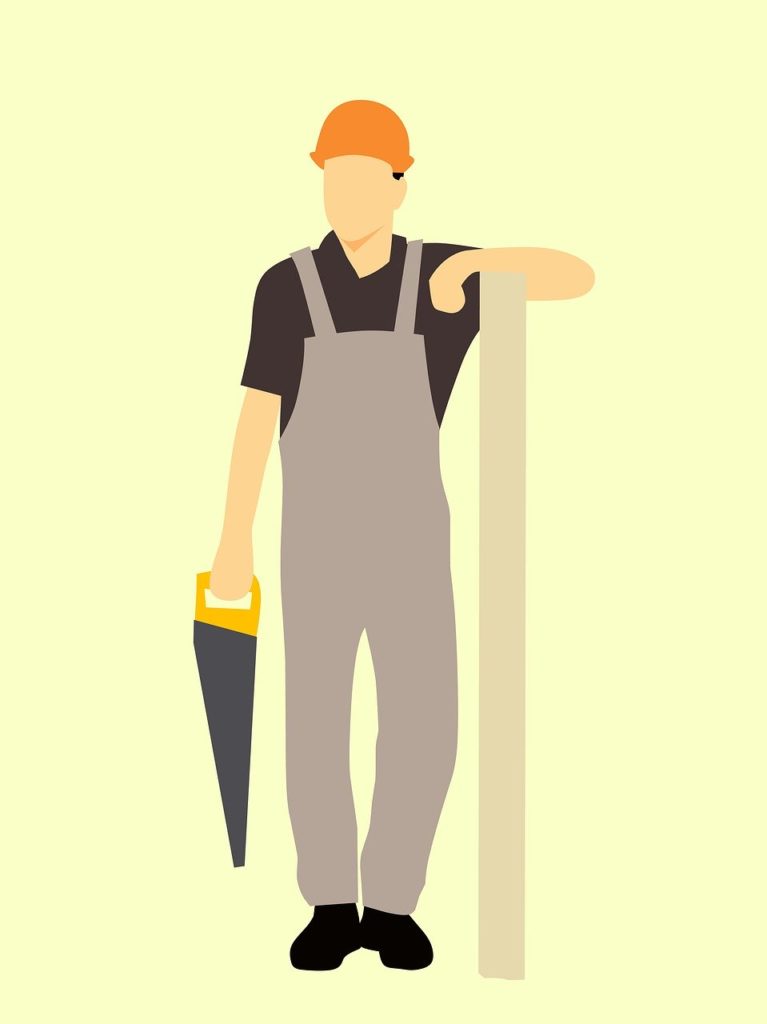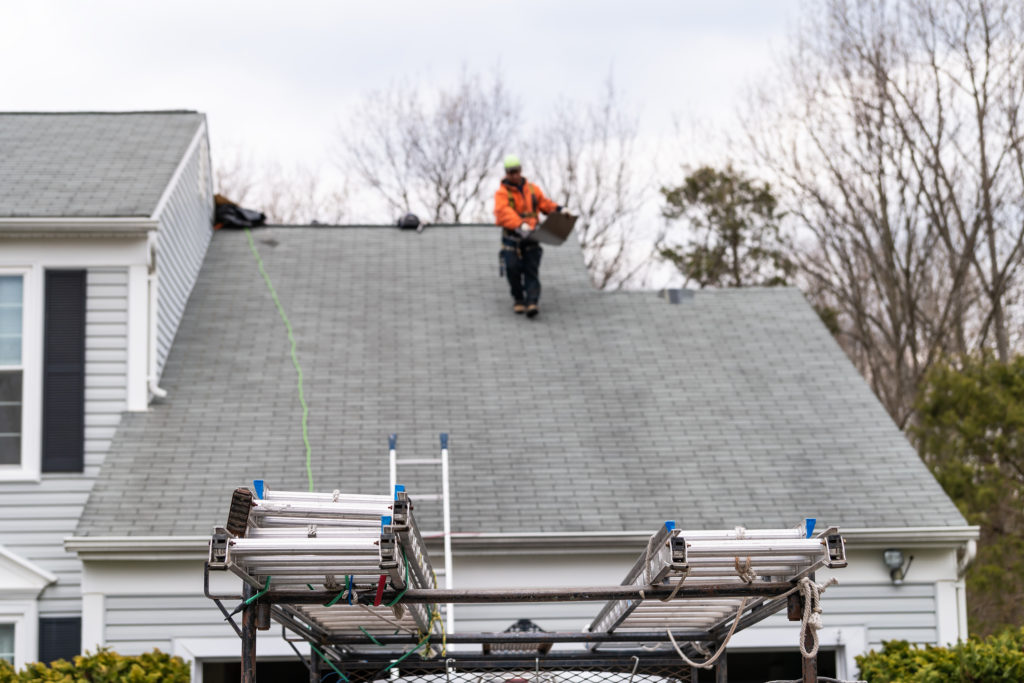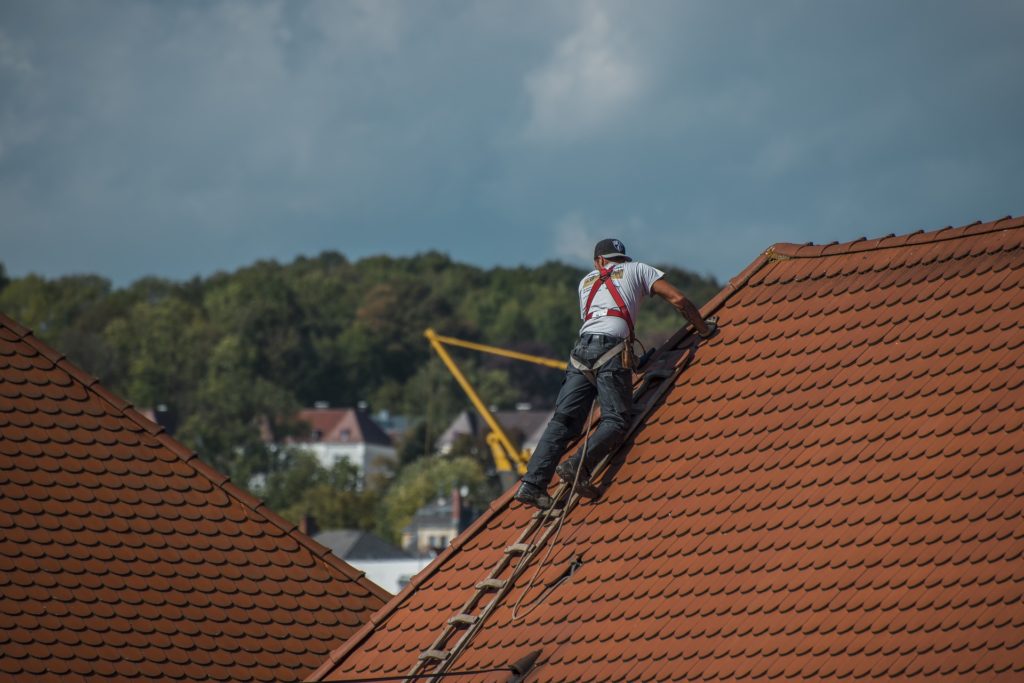Many people find it satisfying to complete home repairs on their own without having to hire a professional. Another goal of DIY repairs is usually to save some money. When it comes to roofing, however, leaving repairs to the professionals might actually save money and time, since there are so many potential hazards with DIY roof repairs. Tile roofs, in particular, require knowledgeable attention to detail.
Attempting to make DIY tile roof repairs can lead to further damage, or worse, falling and injuring yourself. Here are the seven most common mistakes with DIY tile roof repairs.
1 Getting the Wrong Roofing Materials
To complete the job well, you need to find exactly the same type of tile and the same color of concrete or clay. If it is not an exact match, you will have a noticeable difference that is awkward in the aesthetic of your roof. Or worse, you could experience a leak if the new tile doesn’t fit right with the other tiles. One potential way to avoid this issue is, when you get a new tile roof installed, keep some extra tiles on hand in case you need to make a repair.
2 Not Pulling a Building Permit
Most roofing projects require a permit from the regional authorities. If you take on DIY tile roof repairs without a permit, you might run into problems later. If you experience damage and need to file an insurance claim, or if you decide to sell your house, the truth will come out. You could face hefty fines and be forced to redo the project to meet the latest building codes. Note that, if you do pull a building permit yourself, you are then liable if anything goes wrong or someone gets hurt in the process.
3 Not Inspecting the Area Around Damaged Tiles
If one roof tile is cracked or broken, it’s likely those surrounding it could have some damage as well even if it’s not visible. Always check the surrounding tiles closely. This could save you a lot of time if you would have to replace them in the near future.
4 Attempting to Reuse the Same Roof Flashing
Flashing is a layer of the roof structure made up of pieces of metal overlapping to form a water-tight barrier. It needs to be in tip-top shape to keep your roof safe from leaks. The strips of metal may look fine to you, but they will most likely not last as long as the new tiles you place on top of them. It takes a trained eye to identify worn flashing components.
5 Overlooking Repair Safety Measures
Even if you know how to use a ladder safely and you’re comfortable working at heights, you may still underestimate the risks of a DIY roof repair. Roof tiles are very heavy, and carrying them to the roof is dangerous. Walking on the roof may also damage it. You may step in the wrong place, wear the wrong shoes, or forget to walk lightly. If you lack proper training, walking on a roof could cause a more serious issue than the one you are attempting to fix.
6 Underestimating How Long Tile Roof Repair Takes
You may also underestimate how long it will take for you to complete your repairs. While the project timeline doesn’t matter much when you’re installing a backsplash or painting a room, a roofing delay will cause issues. When you’re working on your roof, a part of it is exposed to the rain and wind. Even sunlight exposure can damage some roofing materials. Covering the roof with a tarp does not protect it completely. It is imperative to finish repairs quickly to reduce your risk of damage. It cannot just be delayed if you don’t finish on time. Professional roofers will complete their work much faster, thereby reducing the roof’s exposure to the weather.
7 Using Incorrect Techniques
Getting a roof tile out of position can be very difficult. Using a tool like a crowbar will help you get the tile out but you have to use great caution. If you use too much force, you may break a neighboring tile or knock yourself off balance. To be safe, start out gently and slowly increase the pressure until the tile comes loose.





